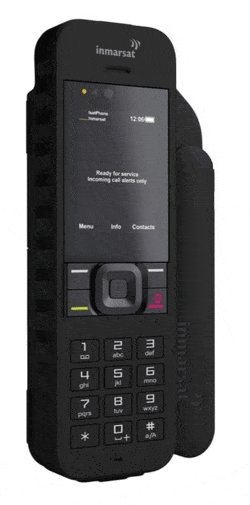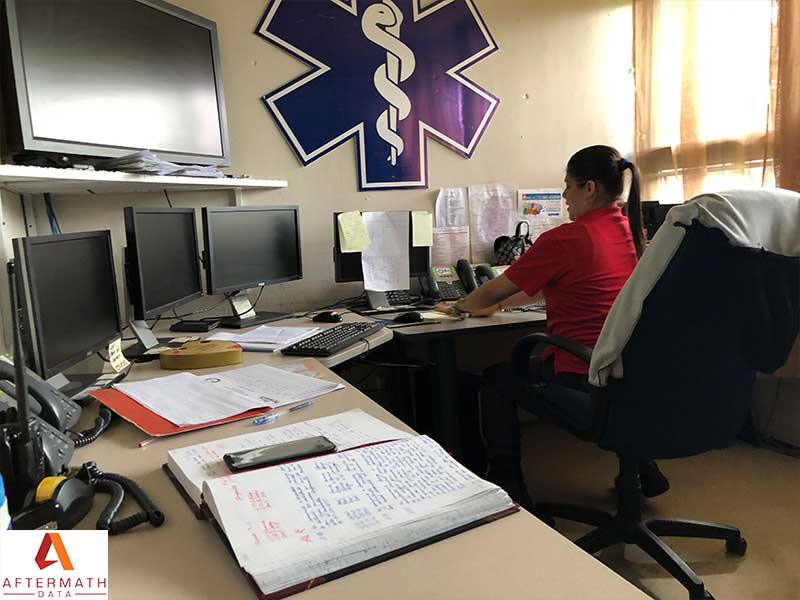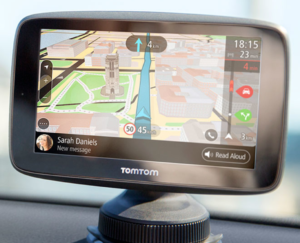Basic Disaster Communication
Understanding your options and having a plan before a disaster may be key to your very survival. Sharing and reviewing the plan before the roof blows off, it is 3 am and you are soaking wet, is essential. You will respond based on training and preparation.
Part of a basic disaster communication plan is knowing what technology options are available or where you and family will meet and where your community will meet when the event passes. Think of the worst case scenario, exclude any external help, and then make your plan. People in Caribbean living on the food they grew and raised were taken back to foraging for food and water, some for weeks after. MREs are a great durable meal with a very long shelf life and full of calories. I’d recommend planning to be self sufficient for 1 week in the USA and 1 month on an island or place where resources will have a hard time getting onsite.
This is a question I see repeatedly. The short answer is you go next door and check on your neighbors. There is nothing the average citizen is going to have that will work to communicate with the outside world. I’m calling this Level 0. L0 may last 2 days or 2 months. You may have to walk to a meeting place in town to hear what is going on. Hopefully, your communicate established a rally point prior to the event. Having a basic communication plan can save lives and reduce the stress of a terrible situation as seen in Puerto Rico, Harvey and the US Virgin Islands.
Since cell service is how our society communicates, restoring cell service is a high priority post event. We know that this takes months at times. There are people and companies exploring ways to restore cell service quickly with temporary towers or relaying signals. Post Hurricane Maria I saw more innovation for cellular service restoration than I have after 30 years in Florida. There is not a great answer for quick cell restoration but I’m confident it is coming. Good cell service means millions can be saved in logistics which translates to better and more support for the people which ultimately saves lives.
The cellular network is divided into two parts, voice and data. This is why you can send an email at times but not talk. It is also why you are more likely to get data through a bigger more efficient “pipe” during an emergency than on a “clogged” pipe used for voice communication. But I have 4 bars you say. The bars represent the voice coverage. So if the voice channel is open, the data may not be so don’t be fooled by the number of bars you have. Generally, if you have no voice network bar, you won’t have data either. If you have bars but can’t get a call through, turn to data, like the Aftermath Data mobile app to update your status and share what is going on in your neighborhood.
Cell phones work off of cell towers. These towers are on the ground which is why they get damaged in a hurricane or disaster. They towers are very large and expensive and they take time to rebuild or repair. It takes a network of towers connected to cables, which may also be damaged, to move voice and data communication. I’m sure there is more to the back-end of cell towers but I’m not familiar with more detail.
Five months after Hurricane Maria tore up Puerto Rico and the Caribbean, many rural areas still don’t have cell service. If you think about it, the majority of customers are in the city along with cellular hubs and switches. The repairs begin in these areas and work their way out. There is no law that says cell companies have to pay millions to restore service to a limited number of customers in rural areas right away. Even if fully funded, the terrain, weather and workforce may make this work extremely slow.
SATELLITE TELEPHONES
 What about satellite telephones? These are great if you have the budget or an aid worker or the government. These are expensive to operate so not widely used by civilians. They are the only viable option when cell service is out. Tools such as the Garmin Explorer is more of an EPRB (emergency position-indication rescue beacon) and can inefficiently do simple text messages. The amount of data produced by a few Garmin Explorers will not be sufficient to update family, direct aid workers or determine logistics from the gov.
What about satellite telephones? These are great if you have the budget or an aid worker or the government. These are expensive to operate so not widely used by civilians. They are the only viable option when cell service is out. Tools such as the Garmin Explorer is more of an EPRB (emergency position-indication rescue beacon) and can inefficiently do simple text messages. The amount of data produced by a few Garmin Explorers will not be sufficient to update family, direct aid workers or determine logistics from the gov. Navigation Systems
Internet Service
 Internet is not something to include in your basic disaster communication plan. You can plan on internet being one of the last things to get restored outside of commercial areas on a cable or fiber optic line; your best bet will be Internet over the cellular data network. Satellite internet is a good option in good weather and if you remembered to bring all your satellite dish equipment inside before the storm. Once you have power you can start to get fed information again and perhaps make VoIP calls or update via social media.
Internet is not something to include in your basic disaster communication plan. You can plan on internet being one of the last things to get restored outside of commercial areas on a cable or fiber optic line; your best bet will be Internet over the cellular data network. Satellite internet is a good option in good weather and if you remembered to bring all your satellite dish equipment inside before the storm. Once you have power you can start to get fed information again and perhaps make VoIP calls or update via social media.Solar Charging





Recent Comments